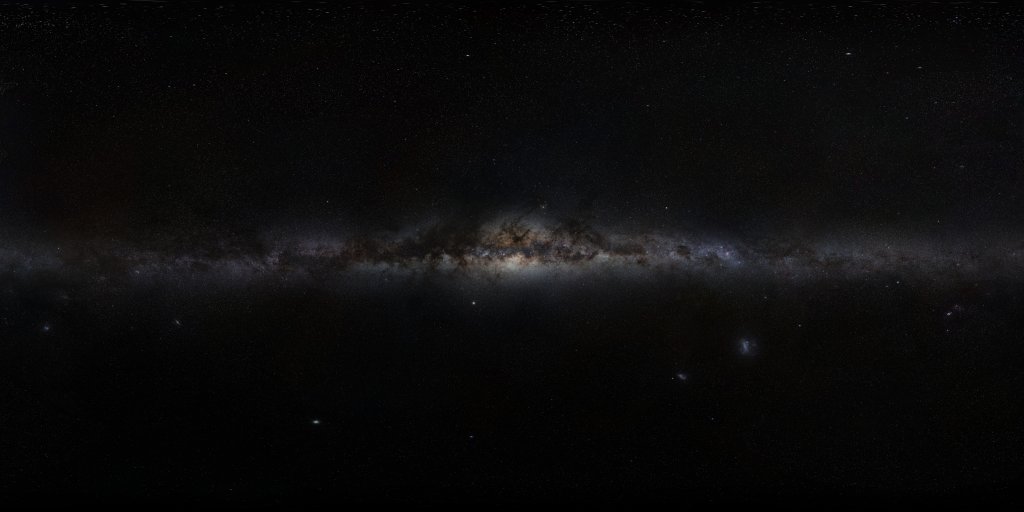|
18th Goldschmidt Conference (2008), Abstract #1776
Impactor Metal in Gabbroic Lunar Meteorite Northwest Africa 5000
M. HUMAYUN1* AND A. J. IRVING2
1National High Magnetic Field Laboratory & Dept. of Geological Sciences,
Florida State University, Tallahassee, FL 32310, USA (*correspondence:
[email protected])
2Dept. of Earth & Space Sciences, University of Washington, Seattle, WA 98195, USA
([email protected])
The Moon�s surface experienced intense bombardment by a population
of planetesimals that are not represented in our meteorite collections [1]. Abundant metal grains
(up to 4 mm) occur both in gabbro clasts and matrix of lunar meteorite NWA 5000, a highlands
feldspathic breccia [2] providing compositions of the impactor. Abundances of
Si, P, Cr, Fe, Co, Ni, Cu, Zn, Ga, Ge, As, Mo, Ru, Rh, Pd, W, Re, Os, Ir, Pt, and Au,
were measured by laser ablation ICP-MS on a polished slab using a UP213-Element system [3].
Two large metal grains are unzoned (except for Ga) and have identical, approximately chondritic,
compositions similar to metal from Apollo 16 breccias [4]. The Ni/Fe and Co/Fe ratios are similar
to those in ordinary chondrites, but both metal grains are enriched in As/Ni and Au/Ni at ~2xCI,
compatible with enstatite chondrite metal. The CI-normalized Re-Os-Ir-Ru-Au pattern matches PGE
patterns of enstatite chondrite metal better than that of ordinary chondrite metal, but the NWA
5000 metal grains exhibit subchondritic Pd/Ir, unlike enstatite or ordinary chondrite metal. The
siderophile element fractionation pattern does not fit any known iron meteorite group; both
incompatible elements (As, Au) and compatible elements (Re, Os) are enriched relative to Ir.
Abundances of Cu, Ga and Ge are depleted relative to chondritic metal, and a diffusion profile
over ~1 mm from metal-rich regions into an anorthosite clast in the matrix confirms that Ga was mobile.
The presence of exotic metal as xenocrysts within clasts having apparent
plutonic igneous texture suggests that the dominant gabbroic lithology in NWA 5000 was a product of
large-scale impact melting. The impactor had a fractionated siderophile element pattern reminiscent
of that in enstatite chondrites, but with a subchondritic Pd/Ir ratio, and might represent processed
material from the inner solar system.
[1] Norman M. et al. (2002) EPSL 183, 217-228. [2] Irving A. et al. (2008)
LPS XXXVIIII, #2168. [3] Humayun M. et al. (2007) GCA 71, 4609-4627. [4] Korotev R. et al. (2003) LPS
XXXIV, #1487.
|

